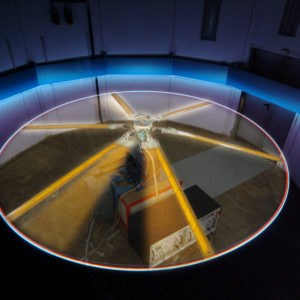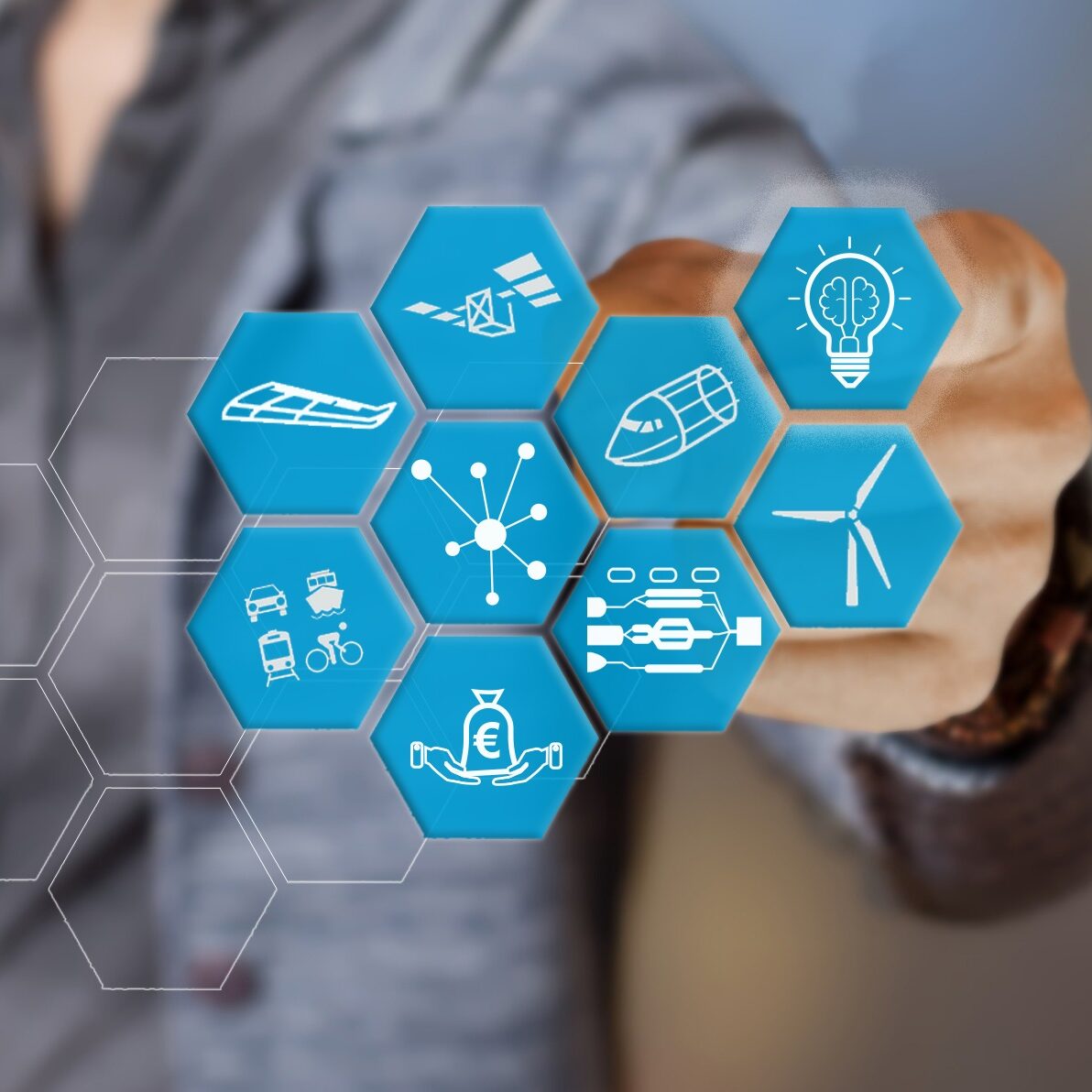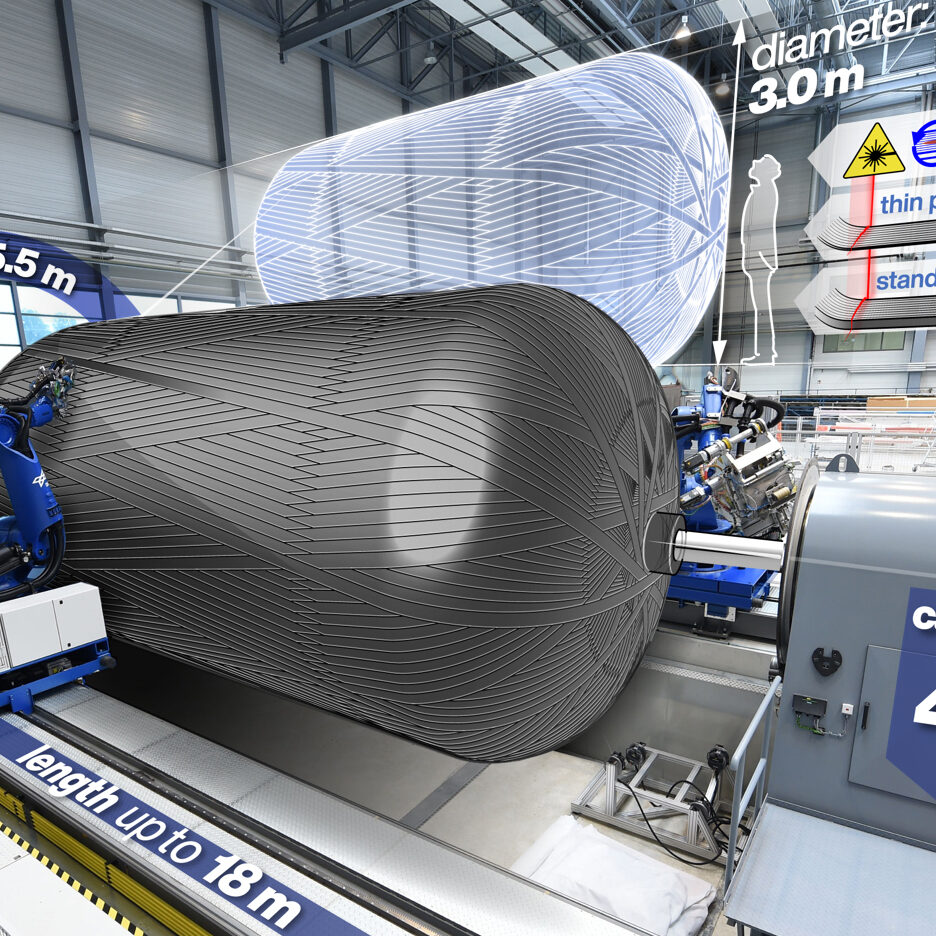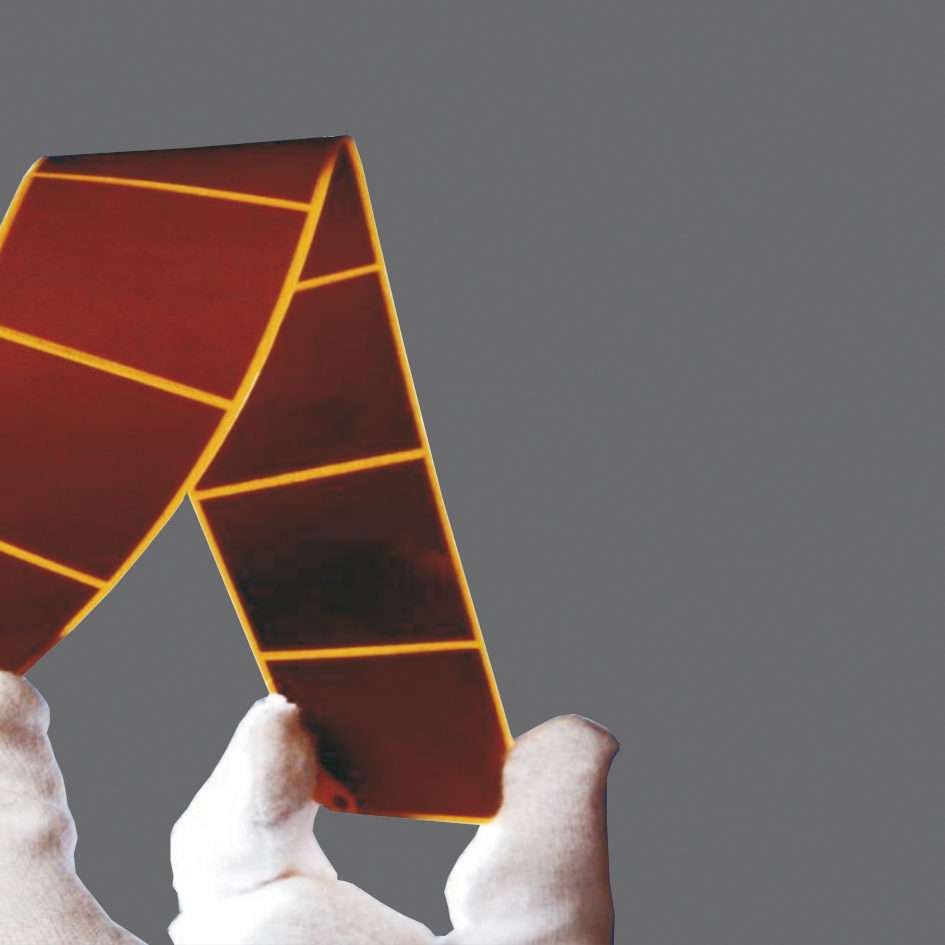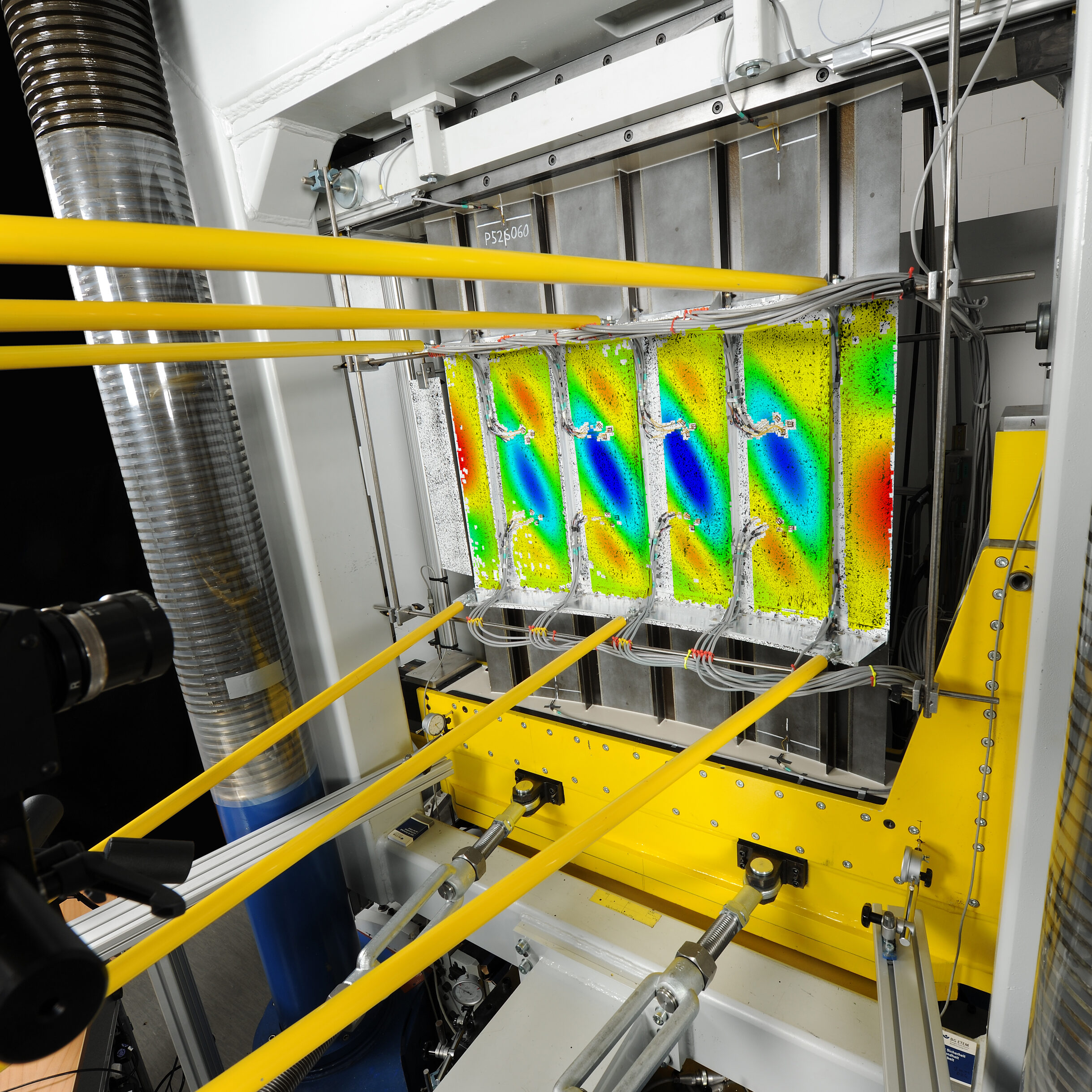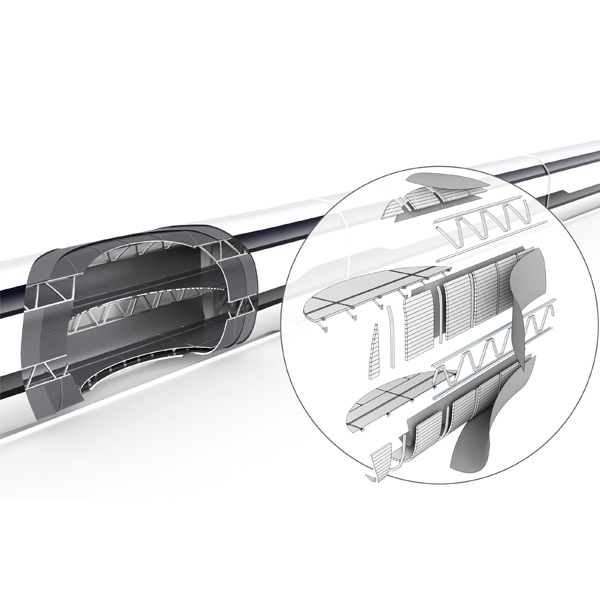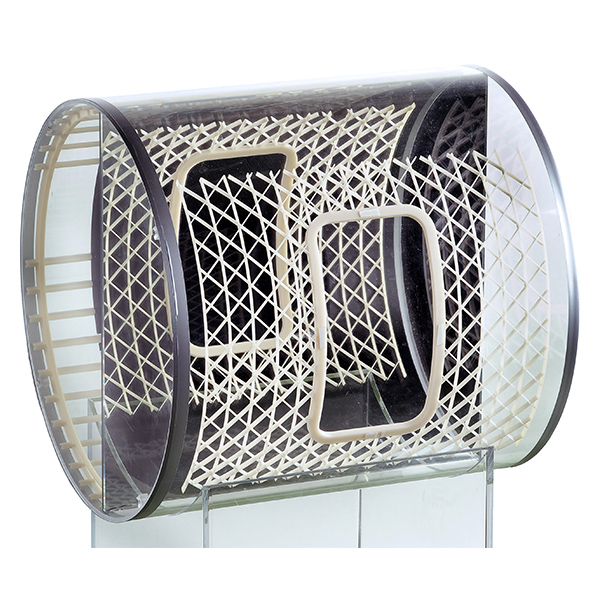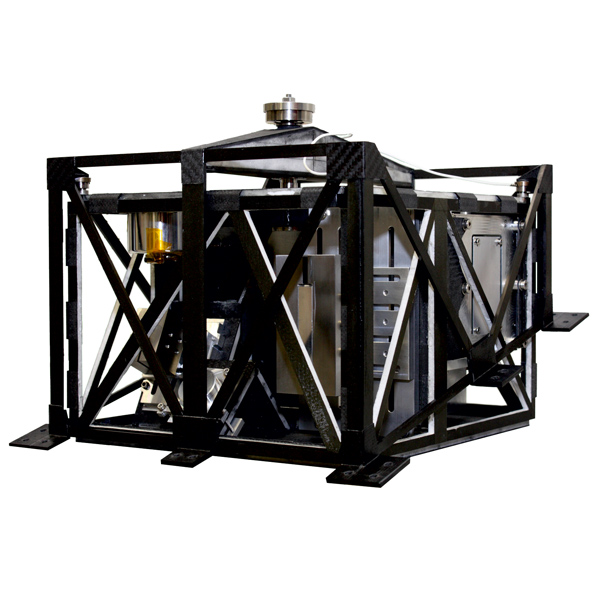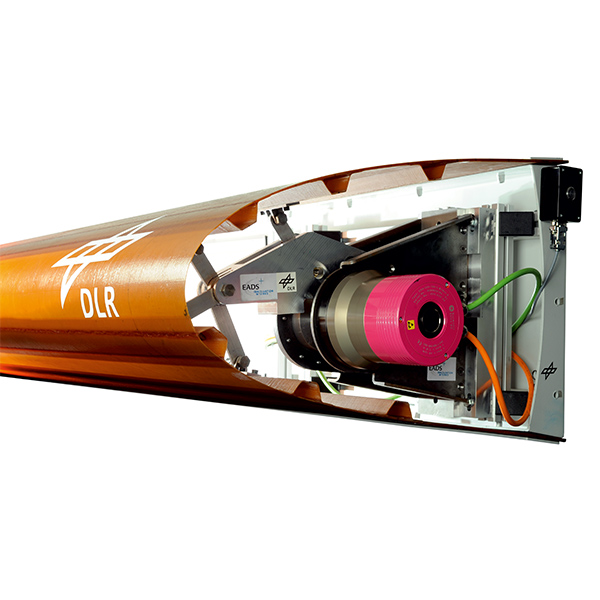From the structure to the adaptive system
An adaptronic system has the ability to respond to changing operational conditions (such as vibrations or aerodynamic demands on the shape of an airfoil, or even icing). Microprocessors analyse the signals from the sensors and use integrated control algorithms to control the actuators so that forces/deformations/damping can be introduced locally to adapt the elasto-mechanical structural behaviour.
Since 1989, the adaptronics department has been working on technological solutions in the field of adaptronics as one of the first European research groups. Thanks to years of experience, adaptronic systems that combine conventional structural materials, distributed sensors and actuators as well as optimised control and power electronics can be realised across all industries. Applications range from space systems to fixed and rotary wing aircraft, from automobiles to wind turbines and from machine tools to robots. 3D printing offers entirely new possibilities in the construction of such specialised adaptable structures and is being used and further developed for these applications.
Competences
The department offers its competences to customers and project partners, starting with consulting and system analysis up to the complete design of adaptronic systems:
- Modelling and simulation of complex adaptronic systems
- Controller development and implementation
- System integration and validation
- Demonstration of adaptronic systems and their components
- Experimental methods for structural dynamic and vibro-acoustic system analysis as well as deformation analysis for shape-variable structures
Performance profile
- Active vibration suppression
- Active noise reduction
- Active shape control
- 3D printing of adaptive structures (e.g. continuous fibre reinforced 3D thermoplastic printing)
- De-icing/ice detection

